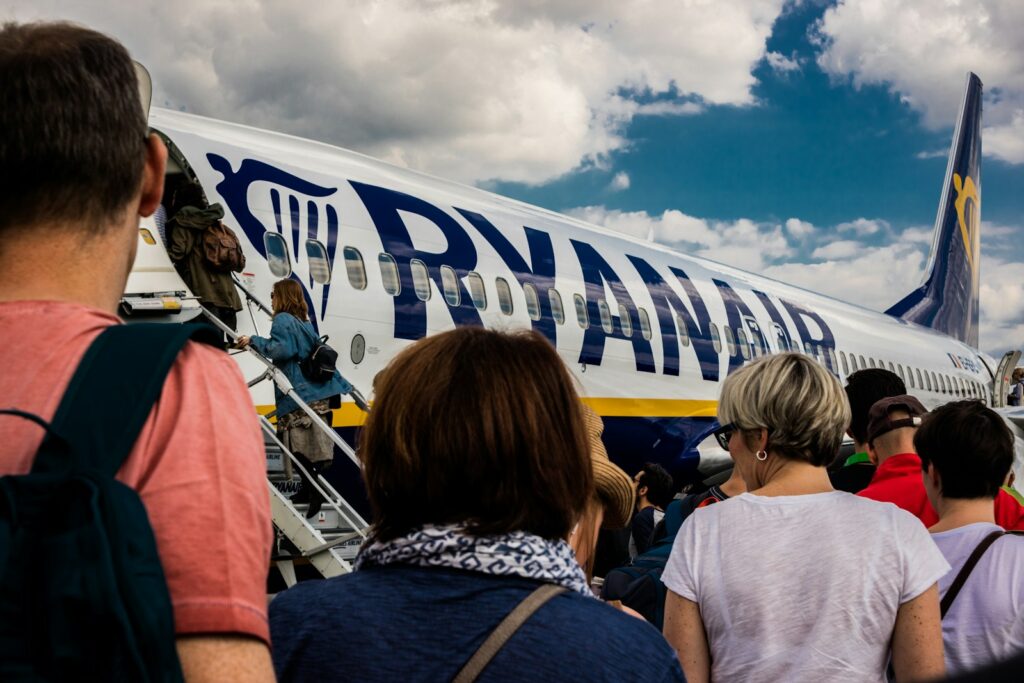
Have you ever found yourself caught in an awkward situation on a plane, wondering if you’re the only one experiencing the chaos? Air travel, as we all know, can be a wild ride, and sometimes the biggest turbulence isn’t from the weather, but from fellow passengers. We’re talking about those moments that make you wish you had a hidden camera to capture the sheer audacity or pure brilliance unfolding around you.
Today, we’re diving into some of the most outrageous and relatable stories from the skies, kicking off with an absolute cracker involving an entitled passenger, a first-class seat, and a pilot who wasn’t about to back down. Get ready for a journey through the often-unspoken rules of the air, the shrinking realities of comfort, and the surprising ways people find themselves on the wrong side of airport karma.
From seat disputes to baffling behavior and expert tips on surviving cramped quarters, we’ve got the lowdown on how to navigate the friendly—and sometimes not-so-friendly—skies. Join us as we explore scenarios where justice is served, lessons are learned, and knowing a few tricks can make all the difference.
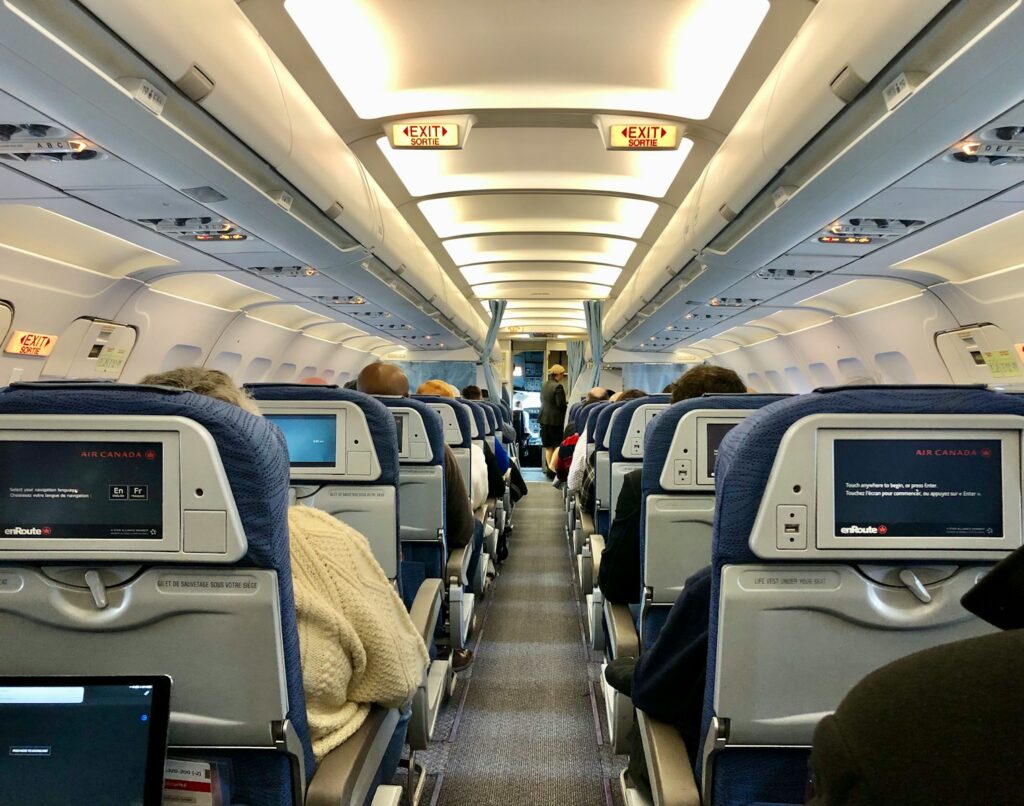
1. **The Entitled Woman vs. The Pilot: A First-Class Showdown**: Our story begins with an airline captain, a true professional, who needed to get to work. Commuting from Atlanta to Houston, he typically might snag a jump seat in the cockpit. However, on this particular, “auspicious day,” that option was already taken, and pass riding wasn’t even on the table since there were no seats in coach and only one left in First Class. Pilots rarely pay for their seats, but needing to reach his domicile, he “plunked down” his credit card and bought that last first class ticket, truly entitled to it.
He settled peacefully into his seat, awaiting pushback, when the calm was shattered. A woman, later described as resembling an “irritated Dolores Umbridge,” confronted him directly, demanding, “You are sitting in my seat. You’ll need to move right now.” Our captain, checking his boarding pass, calmly stated, “Nope. This is my seat. Not going to happen. Sorry.” The woman, completely undeterred, escalated, revealing her belief that he was merely an employee: “You’re an employee. You’re sitting in my seat. Move now.” She even refused to show her own boarding pass, claiming, “I showed that when I boarded. I’ve upgraded to first class. Now move.”
Refusing to back down, the captain simply advised, “You’ll need to resolve this with the flight crew. I’m a passenger.” The entitled woman stomped off, only to return with a flight attendant. Upon seeing the captain, the flight attendant greeted him warmly, “Good morning, Captain! May I see your boarding pass?” He presented it without issue, and the FA confirmed, “Ma’am, that’s his seat. He paid for it.” But the woman, still refusing to show her own pass, doubled down with an astonishing demand: “Well then throw him off, dear. I’ve upgraded to first class and that is now my seat.” A masterclass in entitlement quickly put in its place.

2. **The Uncomfortable Reality of Airplane Seats: More Than Just a Minor Gripe**: We can all agree that air travel is inherently exhausting, but nothing makes it worse than being stuck in an uncomfortable seat, especially on a long-haul flight. It’s a universal groan-inducer, a sentiment echoed loudly by recent surveys. Thrillist, for instance, polled its readers, and a staggering 78% reported that the seat on their last flight was anything but comfortable.
Passengers didn’t hold back when pointing out the specific culprits behind their discomfort. Many highlighted the glaring lack of sufficient padding, which can make even a short flight feel like an endurance test. Others lamented the increasingly narrow dimensions of seats, making personal space a luxurious rarity rather than a given.
And perhaps most commonly, the pervasive issue of not enough legroom stood out. This last problem, in particular, hits home for many, including the protagonist of our opening story. When you’re constantly battling for precious inches, a simple journey can quickly turn into a grueling ordeal, underscoring how significant this “minor gripe” truly is.
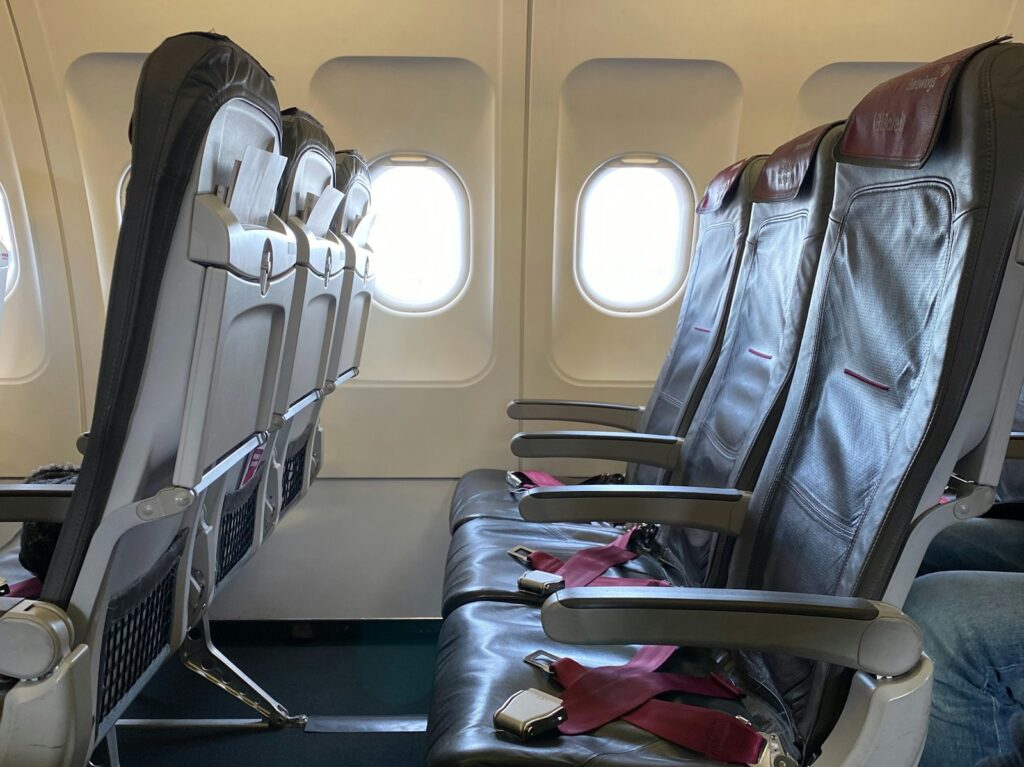
3. **The Shrinking Space: How Legroom Has Dwindled Over Time**: It’s not just your imagination; plane legroom really has been on a downward spiral since what’s often referred to as the “golden age of air travel.” This isn’t merely a feeling of nostalgia for more spacious times, but a quantifiable reality. Back in those supposedly more comfortable days, seat pitches for long-haul flights were typically quite generous, ranging from a comfortable 31 to 34 inches, according to The Telegraph.
Fast forward to today, and the landscape has dramatically shifted. Nowadays, the maximum seat pitch you’ll commonly find is only 32 inches, with Southwest notably offering the highest at 33 inches. But it’s not just the legroom that’s been squeezed; seat width has also experienced a considerable reduction. Forty years ago, a typical seat width was a more spacious 19-20 inches, providing a bit more elbow room for passengers.
However, in a push for efficiency and maximizing passenger count, airlines today often opt for narrower seats, ranging from 16 to 20 inches wide. This persistent shrinking of personal space means that what was once a standard level of comfort has become a rare luxury, making modern economy air travel an increasingly cramped experience for everyone on board, and particularly challenging for some.
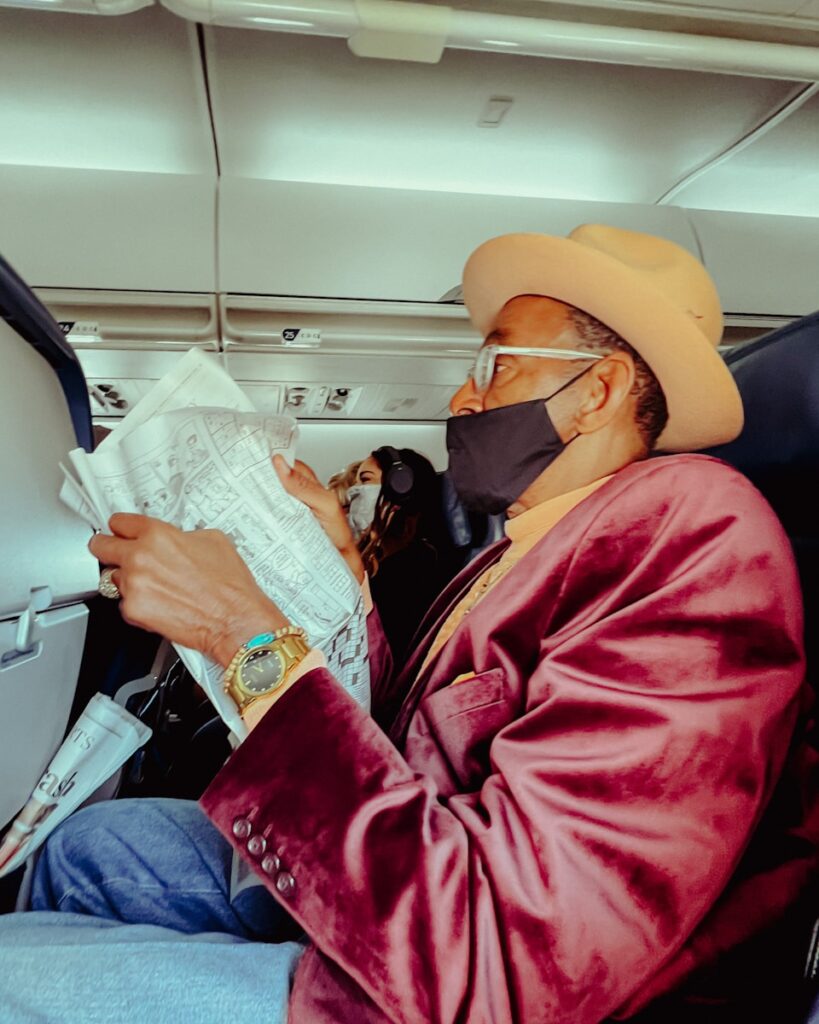
4. **The Plight of Tall Travelers: Why Airlines Fail Them**: Being tall can indeed be exhausting, and it extends far beyond the cliché questions about basketball or the weather “up there.” For individuals over six feet tall, simply getting around can be a genuine challenge, whether it’s by plane, bus, or even car. Remember those Buick commercials featuring Shaq, where people couldn’t quite believe he could fit? That’s a daily reality for many.
Lack of adequate legroom is not just an inconvenience; it’s a serious and often painful problem. While not everyone who is tall possesses the “virtually unlimited financial resources” of a celebrity like Shaq, they still deserve to travel comfortably. Economy air travel, which is already uncomfortable for people of regular height, becomes even more difficult and sometimes unbearable for taller individuals, whose knees often press against the seat in front, leading to discomfort or numbness.
Southwest Airlines, for example, offers a free extra seat for passengers who are too wide to fit into one seat, acknowledging that people deserve to travel comfortably without financial penalty, regardless of their body size. This thoughtful accommodation begs a crucial question: if provisions are made for wider passengers, why aren’t there similar, widely adopted accommodations or policies specifically designed to alleviate the considerable discomfort faced by tall individuals in air travel?

5. **Smart Survival Tips for Tall Passengers: Reclaiming Your Comfort**: While airlines may not always make it easy, tall passengers aren’t entirely without recourse when it comes to avoiding numb legs and cramped journeys. With a bit of strategic planning, you can significantly improve your in-flight experience. Amie Sparrow, a flying expert for Icelandair, emphasized to Newsweek the importance of thinking ahead. Her advice: when booking your flight, take the time to check seat measurements and actively discuss seating options directly with the airline. She rightly points out that passenger comfort is also the airline’s responsibility, urging travelers to ensure they secure the right seat for their needs.
When it comes to prime real estate for tall individuals, the coveted exit row seats are almost always the best bet, aside from the obvious luxury of business class. Many airlines tend to hold onto these seats until the last moment, so your best window of opportunity to snag one is typically during online check-in or at the gate. Another savvy move, if you’re feeling lucky, is to wait until after boarding is complete. Sometimes, a no-show passenger leaves an exit row seat unexpectedly vacant, offering a last-minute chance for extra legroom.
But what if luck isn’t on your side, and you’re stuck in a standard seat with limited legroom? Afar has shared a clever trick that might just be a lifesaver, especially on long flights. Their recommendation: ask a flight attendant for a large bottle of water, fill it halfway, then wrap it securely into an airline blanket. Placing this makeshift pillow against the small of your back can provide surprising lumbar support, transforming a potentially excruciating journey into something far more bearable.

6. **Mastering Airplane Etiquette: Simple Rules for a Smoother Flight**: In the confined environment of an airplane, where hundreds of strangers share a temporary communal space, adhering to some basic etiquette rules becomes paramount for a pleasant experience for everyone. Etiquette expert Myka Meier, in an interview for Bored Panda, outlined essential guidelines that can significantly smooth out any trip, turning potential friction points into harmonious co-existence.
One of the most crucial aspects of onboard manners is respecting the personal space of others. This means being acutely mindful of not encroaching on your neighbor’s allocated area, whether it’s a stray foot or a lock of hair dangling over the seat boundary. Passengers should actively strive to keep their arms and legs contained within their own seat area as much as humanly possible, avoiding accidental bumps or prolonged invasions of adjacent spaces.
Noise control is another key factor. In any shared environment, it’s simply considerate not to impose your personal entertainment choices on others. This means always using headphones for electronic devices, whether you’re watching a movie, playing a game, or listening to music. Beyond devices, keeping conversations and other general noises to a “reasonable and respectful volume” ensures that everyone can relax without unwanted disturbances. Additionally, considerate use of overhead bins, leaving room for others, and being mindful of bathroom breaks (especially if you’re in an aisle or middle seat) contribute significantly to a harmonious cabin environment.

7. **The Vaping Scandal: A Pilot’s Unexpected Public Shaming**: It seems that airline dramas aren’t limited to seat disputes. One Reddit user recently took to the “r/unitedairlines” forum to share an eye-opening incident about someone vaping on board a flight from Los Angeles to Chicago, titled “Someone Smoked in the Bathroom.” About halfway through the flight, a flight attendant made a clear announcement, reminding everyone that “it’s extremely illegal to smoke or vape on flights,” signaling that the rule had been broken.
However, it was the pilot’s powerful message during the final descent that truly resonated. Addressing the entire cabin, the pilot stated, “There are 189 of you on this flight. While we make our final descent, please know we are going to be safe and sound, but that could have changed because one person decided to risk the lives of the other 188.” The weight of these words was palpable, as the pilot then added a stern, direct warning: “You know who you are and your actions will have consequences.
This incident sparked a flurry of reactions among Reddit users, highlighting both the perceived stealth of vapers and the lingering confusion about on-board smoking rules. Some questioned how the culprit wasn’t immediately identified, while others mused about the “delusional belief” many smokers hold about being discreet. One Redditor humorously recalled the illogical days of smoking sections on planes, while another simply expressed disbelief that some people are so “addicted to tobacco they can’t last a few hours.” Gary Leff, a travel expert, clarified that the FAA’s interpretation extends the smoking ban to e-cigarettes, even though they produce vapor, reinforcing that it’s “extremely illegal” and not just a matter of discretion. This stern public shaming served as a clear reminder of the serious implications of such seemingly minor infractions.
Have you ever found yourself caught in an awkward situation on a plane, wondering if you’re the only one experiencing the chaos? Air travel, as we all know, can be a wild ride, and sometimes the biggest turbulence isn’t from the weather, but from fellow passengers. We’re talking about those moments that make you wish you had a hidden camera to capture the sheer audacity or pure brilliance unfolding around you.
Today, we’re diving into some of the most outrageous and relatable stories from the skies, kicking off with an absolute cracker involving an entitled passenger, a first-class seat, and a pilot who wasn’t about to back down. Get ready for a journey through the often-unspoken rules of the air, the shrinking realities of comfort, and the surprising ways people find themselves on the wrong side of airport karma.
From seat disputes to baffling behavior and expert tips on surviving cramped quarters, we’ve got the lowdown on how to navigate the friendly—and sometimes not-so-friendly—skies. Join us as we explore scenarios where justice is served, lessons are learned, and knowing a few tricks can make all the difference.

8. **Automatic Refunds for Canceled/Delayed Flights**: The airline industry, as we’ve seen, is a fascinating mix of convenience and occasional chaos. While the dramas of entitled passengers and shrinking legroom often steal the spotlight, there’s a significant shift happening that’s putting more power back into the hands of travelers: new Department of Transportation rules on refunds. These changes mean that if your flight gets canceled or significantly delayed, you’re now automatically entitled to a refund, making the process much smoother and less of a headache.
This isn’t just a minor tweak; it’s a game-changer. The new rule ensures that if an airline cancels your original flight and you decide not to take their rebooked alternative, you’re guaranteed a full cash refund under federal law. What’s even better? These funds are now mandated to be automatically provided to your original form of payment, eliminating the frustrating dance of haggling with customer service or navigating complex online portals.
This automatic refund entitlement also extends to “significant changes” or delays to your original flight schedule. The DOT defines these changes quite broadly, encompassing delays of more than three hours domestically or six hours internationally, departures from different airports, increased connections, downgrades in service class, or connections that are less accessible for individuals with disabilities. It’s a clear win for passenger rights, ensuring you get your money back without a fight when your travel plans are severely disrupted.

9. **Smart Booking Strategies: Morning Flights and Direct Airline Booking**: Navigating the modern skies requires more than just patience; it demands a bit of savvy planning, especially when it comes to booking your flights. To truly stack the odds in your favor against delays and cancellations, seasoned travelers swear by a couple of simple yet effective strategies that can make all the difference in ensuring a smoother journey from the get-go.
One golden rule to live by is to aim for morning, nonstop flights whenever possible. It’s not just a preference; it’s a statistical advantage. These flights are generally less likely to be delayed or canceled compared to later departures, as they often get out before cascading delays accumulate throughout the day. Opting for nonstop also eliminates connection risks, reducing potential points of failure in your itinerary.
Another crucial tip is to book your flights directly through the airline’s own website or app, rather than relying solely on third-party sites. While aggregators can be great for finding deals, booking direct typically makes it significantly easier to adjust your plans, switch flights, or process refunds should your flight be delayed or canceled. Some airline apps even allow you to seamlessly change seats on the day of your flight without having to call an agent, offering an unexpected level of flexibility and control.

10. **Leveraging the Airline Customer Service Dashboard**: When air travel throws a wrench in your plans, knowing your rights is half the battle. Thankfully, the US Department of Transportation, under the guidance of Secretary Pete Buttigieg, has done us all a huge solid by creating an incredibly useful tool: the interactive Airline Customer Service Dashboard. Think of it as your personal guide to navigating the often-murky waters of airline compensation and passenger rights.
This dashboard is an easily navigable online resource designed to answer any questions you might have about what airlines owe you in the event of preventable delays or cancellations. You can simply plug in your airline carrier, and it will lay out all the amenities and compensation they promise to provide. It’s a transparent way to compare airlines before you even book, giving you insight into which carriers genuinely back up their promises with tangible support.
Before your next trip, it’s a wise move to check this dashboard and familiarize yourself with your chosen airline’s stated policies. Carriers like American Airlines, Delta Air Lines, United Airlines, and JetBlue, for instance, often lead the pack in their promises on the dashboard. And if an airline falls short on its commitments, the dashboard also serves as a reminder that you have a platform to report your experience, ensuring accountability and helping to improve traveler experiences for everyone.
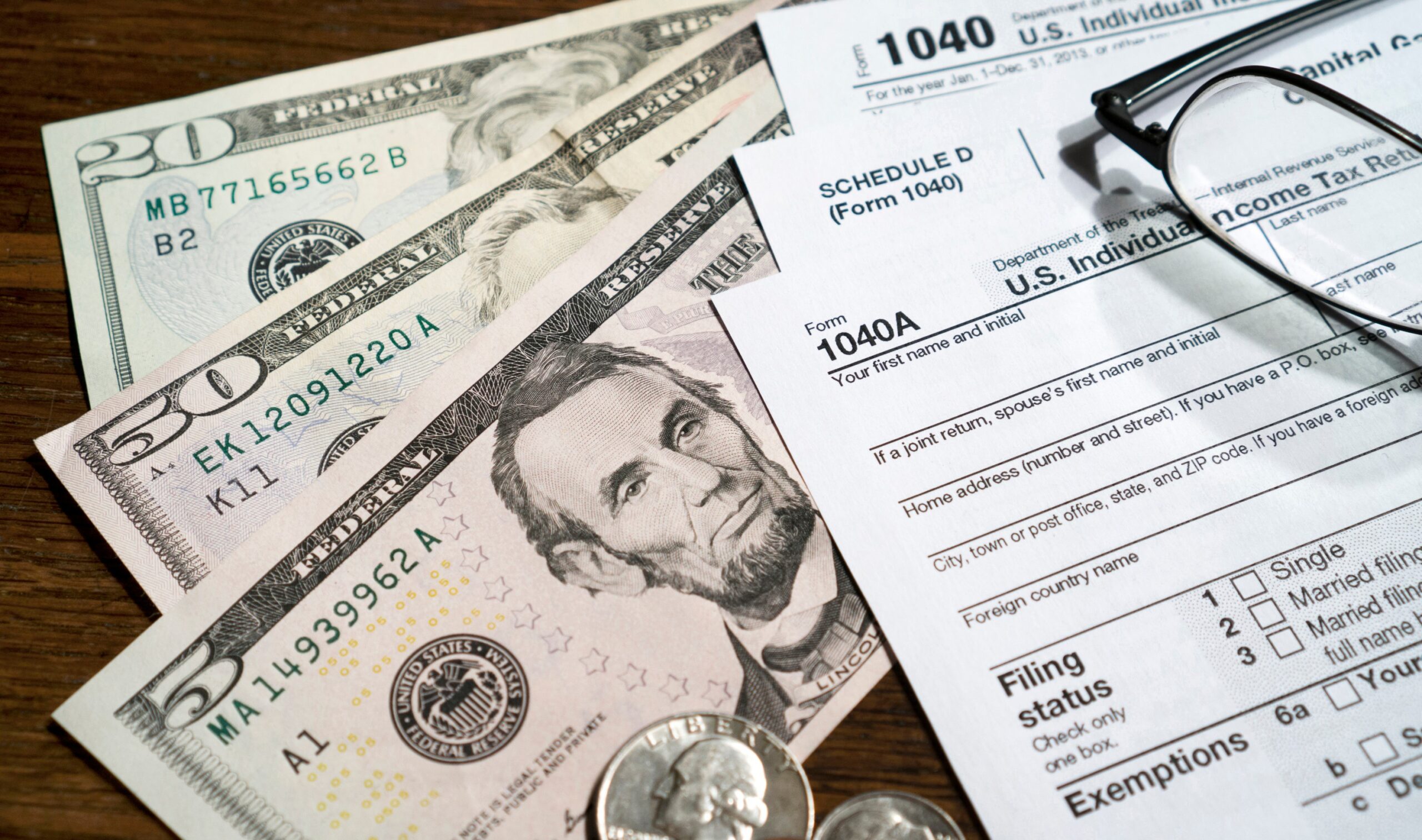
11. **Cash Over Vouchers: Your Right to Real Compensation**: Picture this: your flight is canceled, you’re stranded, and the gate attendant, with the best of intentions, offers you a voucher. While a voucher might sound like a decent gesture, allowing the attendant to feel a bit like Oprah handing out gifts, it’s crucial to understand that for significant disruptions, you’re often entitled to something far more valuable: cold, hard cash. Don’t fall for the voucher trap if you’re due more.
Under federal law, if your flight is canceled, significantly delayed, or even overbooked, airlines are legally obligated to inform you that you can receive a cash payment on the spot. This isn’t a secret handshake; it’s effectively your airport “Miranda rights” – you have the right to claim cash, not just future travel credit. Accepting a voucher might seem convenient in the moment, but it can often mean settling for less than your full entitlement.
The Department of Transportation (DOT) has clear guidelines on compensation. If you’re involuntarily bumped from a domestic flight and arrive between one and two hours past your original arrival time, the airline must pay you a minimum of 200% of your one-way fare, up to $775. For domestic flights delayed by more than two hours, or international flights delayed over four hours, that minimum compensation doubles to 400% of your one-way fare, capped at $1,550, and this *must* be in cash. It’s a significant difference, and it’s your right to claim it.
12. **Mastering the Art of Negotiation for Compensation**: Getting compensated for flight disruptions isn’t always about simply accepting the first offer; it’s often about knowing how to negotiate. If a delay or cancellation is going to cost you more than what the airline initially puts on the table—perhaps you have a non-refundable hotel reservation or are missing a crucial event—you have a window of opportunity to push for more.
You generally have up to 30 days to try and extract more money from the airline. However, a crucial caveat exists: once you accept and cash that initial check, it’s considered a done deal, and you’ve essentially agreed to their terms. So, if you believe your losses outweigh the immediate offer, hold off on accepting until you’ve had a chance to present your case for higher compensation, backed by any receipts or proof of incurred costs.
And if you decide to opt for a voucher or rebooking instead of cash, remember that these too are negotiable. Don’t just settle for the first amount they quote. Travel expert Scott Keyes suggests that if they offer $250, you might counter with $600. In oversold situations requiring volunteers to re-book, you can even demand as much as the “highest bidder.” This negotiation can extend beyond just money; airlines might be willing to offer perks like lounge access, restaurant vouchers, or even an upgraded seat for a future flight—but, as Keyes points out, “It’s not often something that they’re going to proactively tell you… But you have to be the one to ask.”

13. **Flexible Changes and Cancellations: Beyond the 24-Hour Rule**: While the notorious 24-hour rule for free cancellations remains a key passenger protection, the landscape of flight changes has become surprisingly more forgiving, particularly thanks to shifts implemented during the pandemic. This means even if you miss that initial 24-hour window, you’re not necessarily stuck with your original flight.
Under federal regulations, most airlines allow you to cancel or change your ticket within 24 hours of booking, provided your scheduled departure is at least seven days away, and still receive a full refund. Southwest Airlines, for example, even boasts more generous refund policies, allowing changes right up until just before takeoff. For the best chances of leveraging these perks, booking directly through the airline’s website is typically recommended, as third-party sites sometimes have stricter rules.
Beyond the initial 24-hour grace period, the pandemic significantly spurred major airlines to adopt more flexible flight change policies. This widespread shift means that for many standard economy tickets, you can now change your flight without incurring hefty fees, a significant benefit for both travelers and airlines. However, a key distinction to remember is that this newfound flexibility often *does not* extend to Basic Economy flights, which typically remain far more restrictive.
There you have it, fellow skyfarers! From battling seat squatters and understanding the nuances of legroom to mastering the art of airline negotiation and claiming your rightful compensation, air travel is clearly more than just getting from point A to point B. It’s a journey through shared spaces, surprising challenges, and often, unexpected triumphs of passenger savvy. Armed with these insights, you’re not just a passenger anymore; you’re a prepared, informed, and empowered traveler, ready to face whatever the friendly (or not-so-friendly) skies throw your way. Here’s to smoother flights, clearer skies, and always landing on the right side of airport karma!



